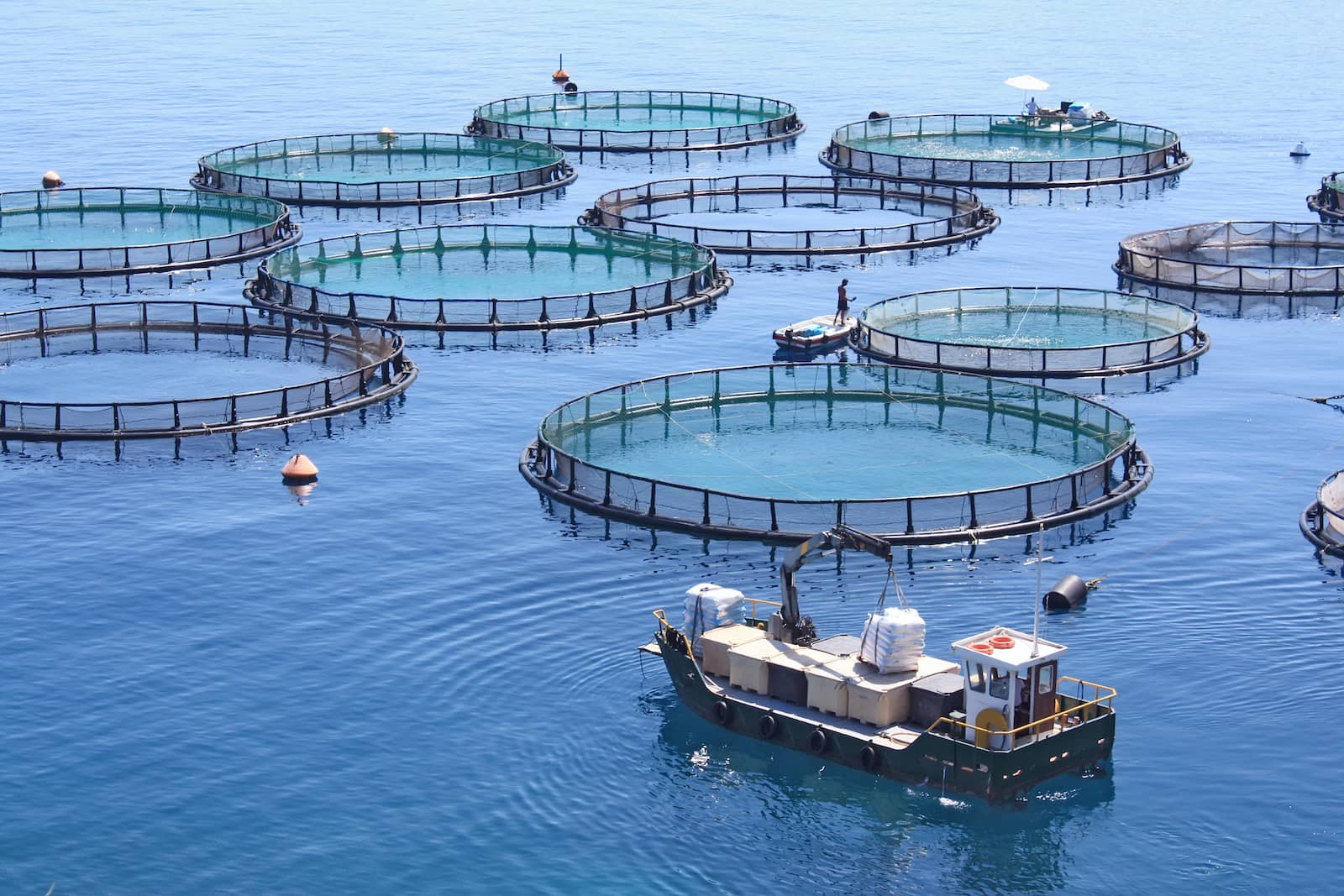Ministry of Health, Labour, and Welfare (MHLW) of Japan announced the revision of Food Sanitation Act No. 233, 1947 that they set new MRLs for Eugenol in aquaculture products. The enforcement date of this regulation was October 19, 2021.
Fish are prone to stress during transportation and handling which can lead to immuno-suppression, physical injury, and even death, due to the limitation of oxygen and build-up of ammonia and carbon dioxide. Therefore, anesthetic drugs including Benzocaine, clove oil, Metomidate, and Tricaine methane sulfonate (MS-222) are used in aquaculture to increase their survival rate. In the last decade, clove oil has been widely used because of its low price and high efficacy. Eugenol, isoeugenol, and methyleugenol are the active substances in clove oil and have been used to develop new fish anesthetics such as AQUI-S (20E) and AQUI-S (TM).
The presence of eugenol in fish-derived food poses a potential risk to human health. There is no maximum residue limit (MRL) for this compound in the European Union and US. New Zealand and Japan have approved eugenol as a legal veterinary drug in fish because of its fast depletion from fish fillets. Recently, Japan’s MHLW established MRLs in specific products [1], [2] shown in Table 1, and have been enforced since October 19, 2021.
To determine eugenol residue levels, it is recommended to use the modified Quick, Easy, Cheap, Effective, Rugged, and Safe (QuEChERS) method in combination with either high performance liquid chromatography or gas chromatography coupled to tandem mass spectrometry (LC-MS/MS) or (GC-MS/MS) for aquaculture products. This is because it provides highly selective and sensitive test method with low interferences under multiple reaction monitoring (MRM) mode.
Table 1 - Maximum residue limits for Eugenol in aquaculture products according to Japan’s regulations
| Commodity | Tolerance limits (ppm) |
|
Salmon and trout |
0.05 |
|
Eel |
0.05 |
|
Other fish |
0.05 |
|
Crustacean |
0.05 |
What do these changes mean?
This update has the potential to affect food producers. Aquatic products destined for Japan, if listed in Table 1, must not have residues exceeding the MRLs. Complying with food safety regulations can be a complex, time-consuming and expensive process. Food producers should seek professional advice.
SGS is committed to keeping you informed of regulation news and developments. Leveraging our global network of laboratories and food experts, SGS provides a comprehensive range of food safety and quality solutions, including analytical tests, audits, certifications, inspections, and technical support. We continually invest in our testing, capability, and state-of-the art technology to help you reduce risk, improve food safety and quality. For furthermore information, please visit our website: www.sgs.com/foodsafety.
For enquiries, please contact:
Amornpun Dejsiripun
Global Food Technical Support Center
T: +66 2683 0541 ext. 2423





.webp?width=1644&height=1254&name=Food%20Safety%20Dashboard%201%20(1).webp)
